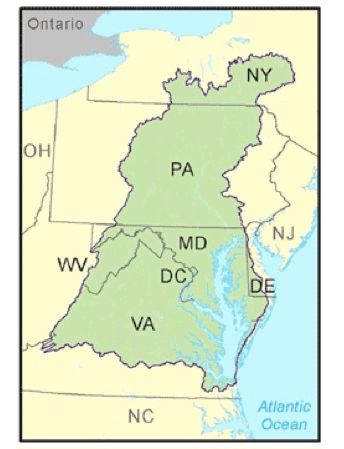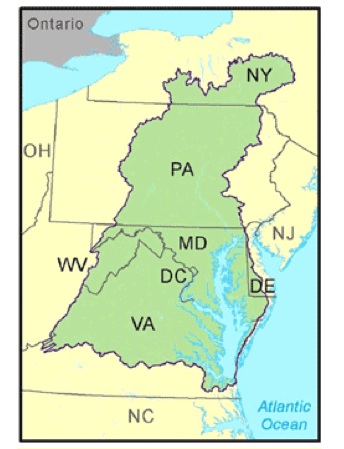
The National Association of Home Builders’ lobbyists and litigation department have been busy.
On Capitol Hill, an addition proposed for the Environmental Protection Agency’s Renovation, Repair and Painting Rule – aka the Lead Safe Rule – has prompted some late-inning legislative maneuvering. The new rule would require contractors disturbing paint in pre-1978 buildings to submit dust-wipe samples – after the work is finished but before the building is reoccupied – that would be tested for lead levels. That step would add $100 to $500 to the overall job cost, according to some contractor estimates.
In response, NAHB and other trade groups are leaning on lawmakers in the House of Representatives to support a proposed amendment to the Department of the Interior’s appropriations bill that would restrict EPA funding until the agency “approves a test kit that meets the ‘false positive’ and ‘false negative’ criteria stated in the regulation.” The point man in this effort is Rep. Denny Rehberg, a Montana Republican, who offered an amendment to the appropriations bill on Tuesday.
In a letter to the House Appropriations Committee, supporters of the amendment said that the best EPA-approved test kit available indicates the presence of lead-based paint with a “false positive” of 16%, significantly higher than the 10% maximum required by the regulation. As a result, the letter adds, “contractors are forced to use older kits that, by virtue of their inaccuracy, are forcing compliance with lead-safe work practices on homes that otherwise would have tested negative. This means higher costs for consumers that likely do not have lead-based paint in their homes that would require compliance with the lead rule.”
Challenging the EPA on Chesapeake Bay
NAHB has long been concerned about how homebuilding will fare under the EPA’s Chesapeake Bay Total Maximum Daily Load (TMDL) regulations, which were first announced and open to public comment on September 17, 2009. Last month, the association joined a lawsuit, originally filed January 10 by the American Farm Bureau Federation, to block the EPA’s plan. NAHB alleges that the rollout of the TDML program “violated fundamental procedural requirements” and that the plan itself lacks “a sound scientific basis.”
Mainly, though, NAHB is worried that TMDL rules for construction site runoff will lead to “onerous restrictions on new development in the bay’s watershed.” The plaintiffs have asked the U.S. District Court for the Middle District of Pennsylvania to block the plan’s implementation.
Things could get interesting. A number of intervenors – in this case, groups that strongly support the TMDL plan – were granted permission by the court to join the litigation. Chesapeake Bay watershed is a 64,000-square-mile area that includes all or parts of Maryland, Virginia, West Virginia, Pennsylvania, Delaware, New York, and the District of Columbia.
Fine Homebuilding Recommended Products
Fine Homebuilding receives a commission for items purchased through links on this site, including Amazon Associates and other affiliate advertising programs.

Handy Heat Gun

Reliable Crimp Connectors

8067 All-Weather Flashing Tape

The Chesapeake Bay watershed is 64,000 square miles, including all or parts of Maryland, Virginia, West Virginia, Pennsylvania, Delaware, New York, and the District of Columbia.



























View Comments
Be careful what you wish for.
EPA could simply disqualify the current test kits. This would require XRF or paint chip sampling prior to commencing all covered renovations.
I predict the Law of Unintended Consequences will come into play.
Boo, hhsss, and a big shame on you NAHB. Nothing is more important than the health and safety of our families. A hundred or so dollars added to the cost of a home renovation or paint job is well worth the investment to ascertain that the home is indeed safe.
Corporations have gotten the priorities reversed, it is supposed to be PEOPLE BEFORE PROFITS. People before anything. and if the environment is not safe, people are not safe.
John Cleveland
Boo, hhsss, and a big shame on you NAHB. Nothing is more important than the health and safety of our families. A hundred or so dollars added to the cost of a home renovation or paint job is well worth the investment to ascertain that the home is indeed safe.
Corporations have gotten the priorities reversed, it is supposed to be PEOPLE BEFORE PROFITS. People before anything. and if the environment is not safe, people are not safe.
John Cleveland
Boo, hhsss, and a big shame on you NAHB. Nothing is more important than the health and safety of our families. A hundred or so dollars added to the cost of a home renovation or paint job is well worth the investment to ascertain that the home is indeed safe.
Corporations have gotten the priorities reversed, it is supposed to be PEOPLE BEFORE PROFITS. People before anything. and if the environment is not safe, people are not safe, and if the people are not safe, what's the point?
John Cleveland